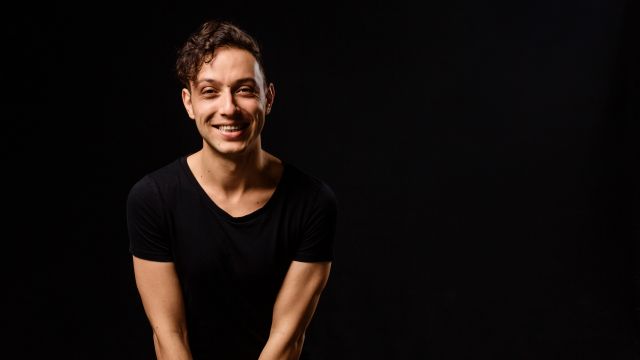Darkness Returns the Lights to Newtown Venue
Site-responsive theatre piece Darkness has bought a century old arts venue in Newtown back into the spotlight, translating a meeting from 200 years ago into the present.
Director and co-writer Dino Dimitriadis (pictured above) spoke to Neil Litchfield about the production.
Built in 1916, the Newtown School of Arts in Eliza Street has been dubbed ‘The Library’ for contemporary gothic play Darkness, a production inspired by a gathering in 1816 of five friends, including Lord Byron and Mary Shelley; the seemingly cataclysmic weather outside spawned both the novel Frankenstein, and Byron’s poem Darkness.
“The idea for the work was this incredible weekend in 1816 where a group of five friends came together in Geneva, in an old villa,” director and co-writer Dino Dimitriadis told me. “They thought the world was potentially ending because there was this ash cloud that travelled from a volcano in Indonesia, but they didn’t know what had caused it. There was darkness and torrential rain and this group of friends got together in this house. They drank, they took drugs, they partied, but they also told each other stories to pass the time and it was that weekend when Mary Shelley conceived Frankenstein, while Lord Byron, the following week in that same building, wrote the poem Darkness which the show’s title is taken from. We thought, what a thrilling kind of weekend. As a writing team (Andrew Bovell, Zoey Dawson, Dino Dimitriadis, Dan Giovannoni and Megan Wilding), while it's not a period piece, we've taken this group of people, the circumstance they were in and thought what if we create a work now, in the sort of near future with that set of circumstances, and so their coming together in an old building was what fuelled their evening.”

Who found the Newtown location and envisaged it for this site-specific piece?
“Rodney (Rigby) from New Theatricals, who is producing, discovered the location. I knew of the building and its various uses over the past few years, but it's been around for over a hundred years and it's been held in trust, which is extraordinary,” Dino said. “Over all that time it has been an arts space – there are artist studios downstairs and it’s been used as pop-up theatres at various points. It's so exciting that it has been held in trust for over 100 years as a place of thinking and meeting and art, and that really resonates with the kind of work we're making. Being a site responsive work, where we’re responding to an existing site, there's a lovely history to the building that's sort of paralleled in what we've been exploring.
“We’re coming into this building to make a work, and there’s this beautiful quality about the past, the present and the future in the work and so the history of the building, the inspiration from that original weekend, us setting it in the near future - there’s this beautiful continuum of time that will hopefully make people’s experience of the work richer.”
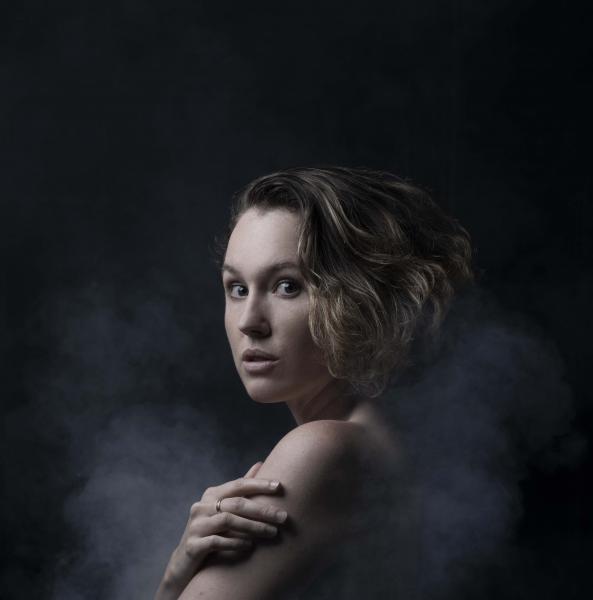 Image: Cast member Imogen Sage.
Image: Cast member Imogen Sage.
What sort of experience will audiences have? Is it immersive?
“I wouldn’t describe it as immersive,” Dino explained. “Often with immersive works you sort of travel and you collect pieces of the stories as you go. We have created something that looks like a theatre work, that you get as part of the experience. I call it an enveloping site responsive experience. You are enveloped in more than just the work, and it’s site responsive, so it is sitting in a building that is adding to what we've created.
“When people enter the building there is an experience that they could have before and after the show that talks to the work that we've created, but it's really not about going to a black box theatre and seeing the work and then being in the foyer and having a wine, then going. It's about how do you make an evening of it. How can you sit afterwards and reflect on the work and sit with your friends and drink and explore the building?
“I think people are so hungry for new experiences with art - not just the standard kind of the way that theatres operate.
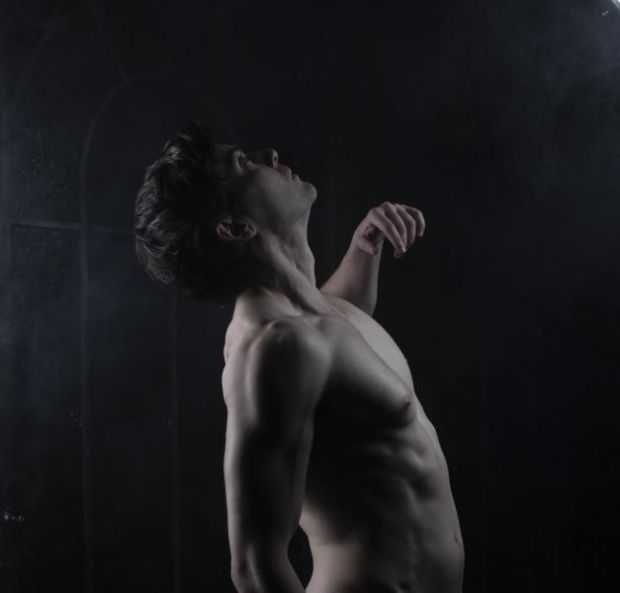 Image: Cast member Drew Wilson.
Image: Cast member Drew Wilson.
“In terms of the holistic experience, I want people to be able to step off the street and enter a different world, where they can have a great time, they can engage with art, they can engage with the big questions that the work is asking, but then they can also just hang around afterwards and have a great time with their friends and meet other people.
“This this building has been a gathering space over the hundred years it's been open, so bringing different people together, not just to share the work but to hang out together is really exciting to us.
“As to the actual work itself, we have taken the exciting things from that weekend and we've created a contemporary work that taps into a lot of the things that people have been wrestling with over the past few years. We got to learn what it felt like to not be able to come together. We're asking big questions about where the world is going. You know this ecological crisis that they had in 1816 with the rain - now we’re kind of going, ‘When's the next La Niña?’
“What those people were wrestling with is very similar to what we’re wrestling with right now and ultimately it's also a work about how stories help us move forward - Mary Shelley conceived Frankenstein that weekend.
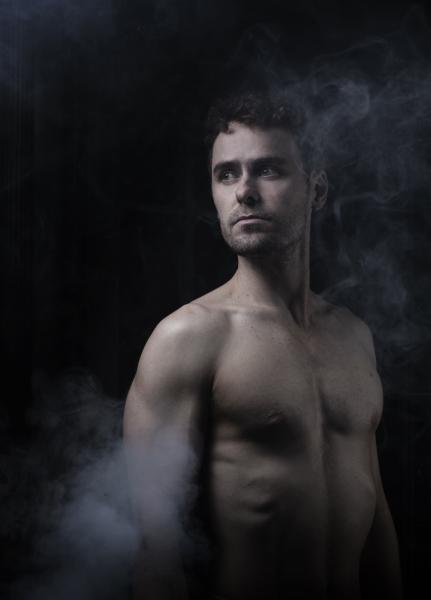 Image: Cast member Alec Snow.
Image: Cast member Alec Snow.
“A big influence on this work is the gothic genre. That time period was very sort of entrenched in the gothic. Works like Frankenstein and Byron's poem Darkness are very gothic, and we love that as an aesthetic, but the gothic is a genre that, even though people sometimes associate it with the time period, is actually a timeless genre. There are new versions of the gothic being created in art now and eco-gothic is a genre. Apart from the aesthetic, there’s also ideas in the gothic of our relationship to nature, the changing world, the idea of monsters and ghosts, both literal but also internal ones. How are we monsters? They’re the things that we've been really excited by too and put into this experience.”
Virtually every suburb and every country town once had a School of Arts, but they’re now largely forgotten about - the buildings have lost their function - we don't necessarily have so much of that communal sense that these places fostered any more.
 Image: cast member Caroline L. George.
Image: cast member Caroline L. George.
“We've called the building ‘The Library’, and there was an arts library downstairs. The main performance space upstairs was a space where large groups of people would gather to discuss art. There's old photographs from 100 years ago, where there’s tables, and everyone sitting around and having these salons, I guess you could call them, so the idea of having these arts schools is so important,” Dino said
The novel Frankenstein sprang out of that 1816 gathering. What does Dino hope will spring out of this piece of theatre for the audience?
“We're trying to create a space where you can lose yourself a little bit and ask big questions and also have a great time. What I'm hoping springs from it is an experience for people that is different. The work asks big questions about the times that we’re in but it is also an act of bringing people together - in this context, in an old building - and that's thrilling to me.”
And after this production, the building is going to be revitalised as an arts space, as part of a new inner city arts precinct plan.
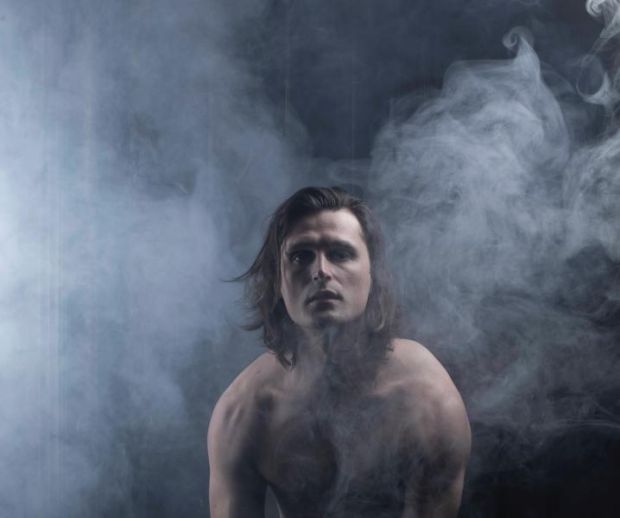 Image: Cast member Jerome Meyer.
Image: Cast member Jerome Meyer.
Darkness
Created by Andrew Bovell, Zoey Dawson, Dino Dimitriadis, Dan Giovannoni and Megan Wilding
Directed by Dino Dimitriadis
Location: The Library, 5 Eliza Street, Newtown
Opening Night: February 4, 2023
Subscribe to our E-Newsletter, buy our latest print edition or find a Performing Arts book at Book Nook.

